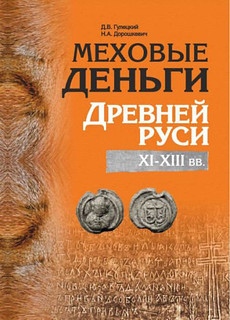
PREV ARTICLE
NEXT ARTICLE
FULL ISSUE
PREV FULL ISSUE
NEW BOOK: FUR MONEY OF MEDIEVAL RUSSIADzmitry Huletski has published a new book on a very barely known aspect of Russian medieval numismatics. It's available on
eBay - here's the information. -Editor
Released in 2018. The end of the first millennium was marked in Kievan Rus’ by the beginning of abundant coinage. “Srebreniks” and “zlatniks” of Vladimir Svyatoslavich were considered for a long time to be the first Russian currency. Confidence in this fact was recently shaken by new investigations of peculiar Russian Kufic dirham imitations that first appeared in the middle of the 10th century. After the death of Vladimir in Kiev (1015), silver coins continued to be issued by his successor Svyatopolk (who ruled until 1019). This duke was soon defeated and expelled from the throne by his brother Yaroslav, who did not resume the mintage of “srebreniks”. What replaced these coins? How was small-scale trade carried out in the lands that never used “srebreniks” (for example, Polotsk)? Was it satisfied only with natural exchange? Insufficient knowledge of Russian monetary circulation in the 11th through the beginning of the 13th centuries is primarily due to the scarcity of historical sources. 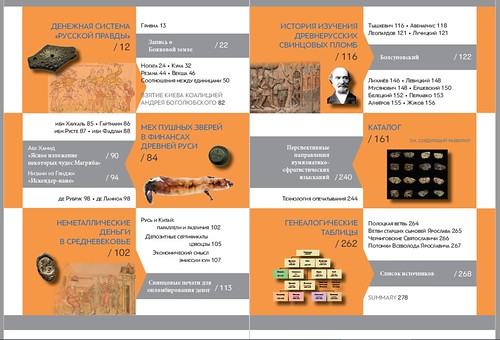 The book is written in a mixed genre. It is based on the research of Dzmitry Huletski, located at the junction of two auxiliary historical disciplines – numismatics and sigillography. Several years ago he started his research of unusual ancient artifacts – small medieval Russian lead seals. In spite of the fact that more than one and a half centuries have passed since their first recognition by Count K.P. Tyszkiewicz, no one has been able to explain their phenomenon sufficiently. In the first part of the book we worked with medieval Russian written sources, comparing them with data from archeology and numismatics, studied the historiography of monetary systems of the pre-Mongol period of Russian history and developed our own vision of this problem. Monuments of the legal thought of Ancient Rus’ – the “Rus’ Justice”, princely statutes, international treaties – do not shed enough light on money circulation in ancient Rus’. They allow us to trace its features only in general outlines and in the individual territories of Novgorod and Smolensk. The Novgorod monetary system can be characterized somewhat more fully because of the significant number of contemporary birchbark letters found there. We can only use analogies to talk about how the markets of the remaining lands functioned. 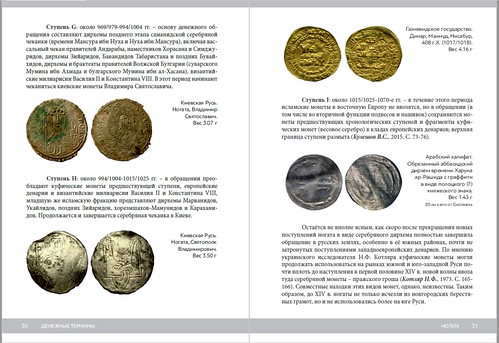 As the majority of modern researchers, we adopt the idea of circulation of fur money in the 11th-13th centuries in Rus’. It would be impossible to prove this without reliance on the testimonies of outstanding foreigners who visited Russia in the Middle Ages or heard about its customs from eyewitnesses. A second part of the book is devoted to a review of their rather sparse allusions. Roger Bacon directly compared Russian fur money with contemporary Chinese paper notes. It forced us to pay attention to the latter and learn the circumstances of their emergence and functioning. The third section is devoted to the financial side of the issue of fur valuables, after which the history of the appearance of small seals from lead is briefly considered. The interrelation between the “kuna” of written sources (one of two main currency units of this time in Rus’) and medieval Russian lead seals, which now seems obvious to us, has determined the subject of the voluminous fourth section. It is dedicated to the historiography of the Russian “small sigillography”. Here all important studies, beginning from 1864, are mentioned. 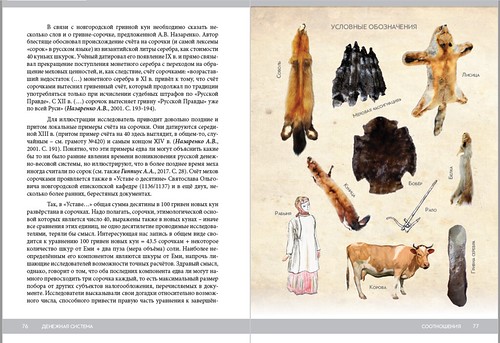 Finally, the fifth part is a catalog of small medieval Russian l lead seals containing 69 types and a number of their subtypes. It was compiled on the basis of eight publications of Dzmitry Huletski with co-authors and collaborators published from 2016-2018, in which he introduced more than 1,000 new finds of small seals. This catalog is far from being complete yet. The publication of many more thousands of seals will probably be required to complete the study of their emission in the pre-Mongol period. We hope this work will be an intermediate milestone that sums up our three-year study, but we don’t plan to stop here. In the sixth section we discuss several topics that, in our opinion, stand among the most promising directions for the research in Russian sigillography in the immediate future. While preserving a scientific style in the main text of the book, we also devoted additional efforts to a selection of illustrative series, as well as to the creation of a reference tool that would help an inexperienced reader to navigate through the “pantheon” of medieval Russian historical personalities. Thus, the choice was made in favor of the popular scientific format of the publication. Images of the coins and seals are presented in this book in a 1.5x magnification. 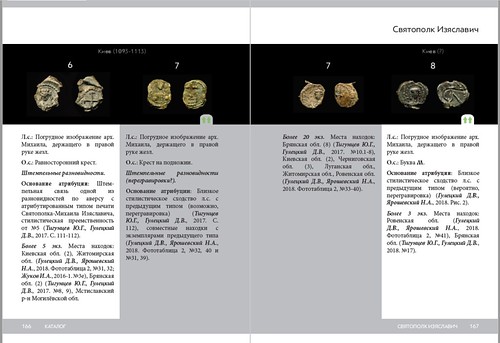 For more information, or to order, see: To read or download a soft copy, see: Д.В. Гулецкий, Н.А. Дорошкевич. Меховые деньги Древней Руси. XI–XIII вв. (https://www.academia.edu/36835725/)  Wayne Homren, Editor The Numismatic Bibliomania Society is a non-profit organization promoting numismatic literature. See our web site at coinbooks.org. To submit items for publication in The E-Sylum, write to the Editor at this address: whomren@gmail.com To subscribe go to: https://my.binhost.com/lists/listinfo/esylum All Rights Reserved. NBS Home Page Contact the NBS webmaster 
|
